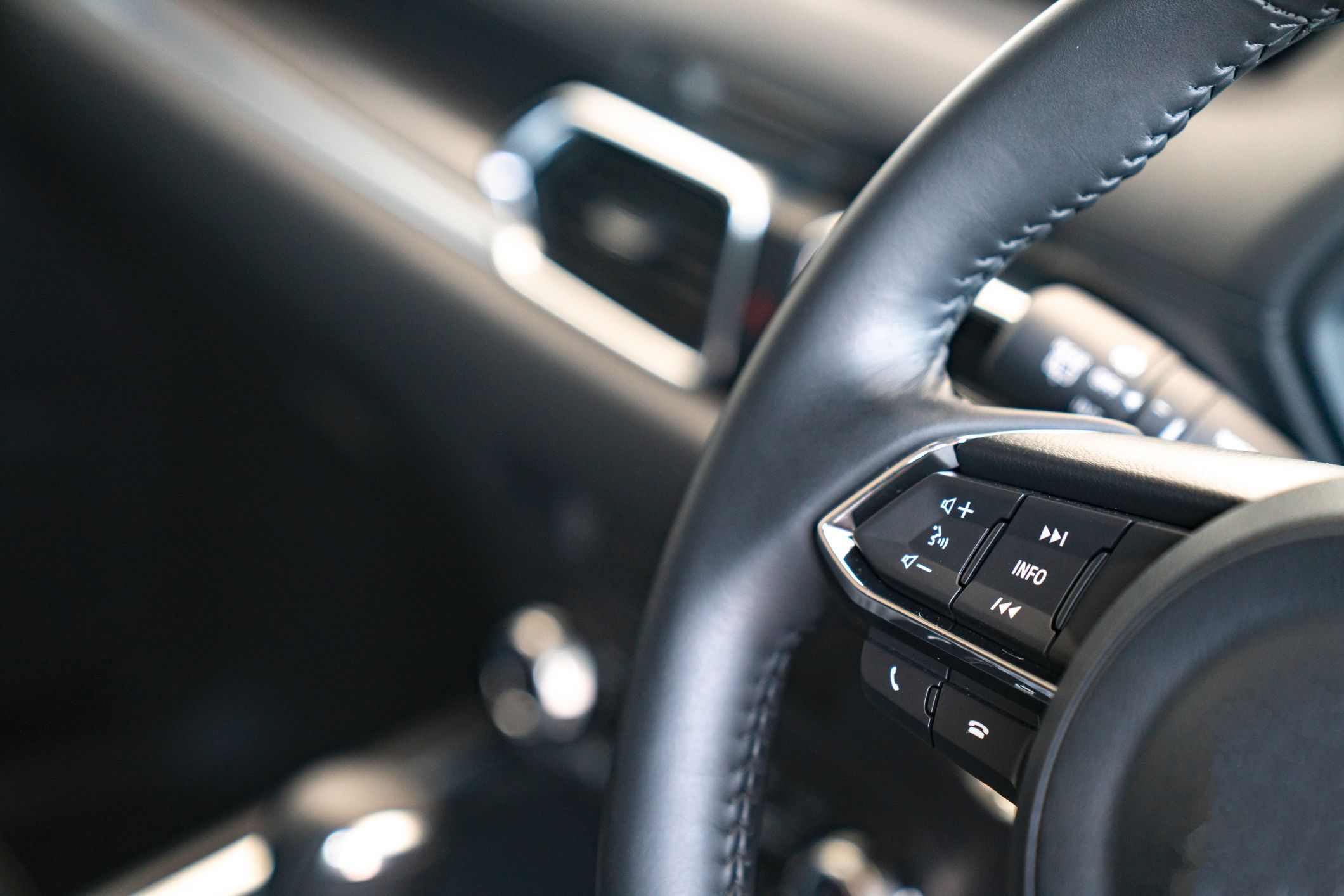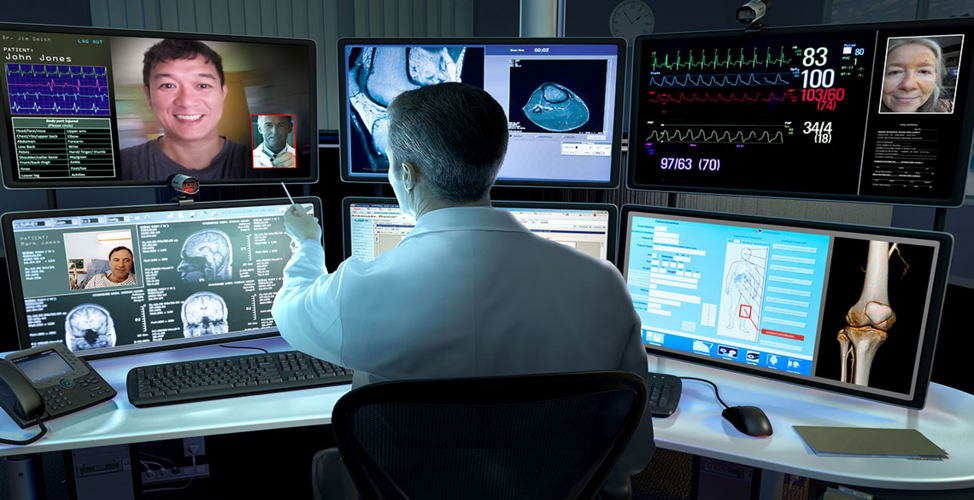Adaptive Cruise Control (ACC) has revolutionized the way we experience driving. This advanced technology offers a safer and more comfortable driving experience by automatically adjusting a vehicle’s speed to maintain a safe distance from the car ahead. In this article, we’ll dive deep into how Adaptive Cruise Control works, its benefits, and how it is transforming modern-day driving.
What is Adaptive Cruise Control?
Adaptive Cruise Control (ACC) is an enhanced version of traditional cruise control that uses sensors, cameras, and radar systems to monitor the road conditions and the distance between your car and the vehicle in front. Unlike conventional cruise control, which simply maintains a constant speed, ACC adjusts the vehicle’s speed to ensure safe spacing and smoother travel in varying traffic conditions.
Key Components of Adaptive Cruise Control
- Radar Sensors: These sensors, usually located in the front bumper, monitor the distance between your car and the vehicle in front.
- Cameras: Cameras installed around the vehicle help detect the surroundings and provide real-time data to the system.
- Control Algorithms: The onboard computer uses algorithms to interpret sensor data and adjust speed, braking, and acceleration automatically.
How Does Adaptive Cruise Control Work?
Adaptive Cruise Control functions by constantly monitoring traffic conditions and adjusting the vehicle’s speed to maintain a safe following distance from the vehicle ahead. Here’s how the system works step-by-step:
Step 1: Setting a Desired Speed
When you activate the ACC system, you set the speed you want the car to maintain, just like traditional cruise control.
Step 2: Maintaining Safe Distance
As you drive, the ACC continuously monitors the road and detects the vehicle in front. If traffic slows down or a car cuts into your lane, the system will automatically reduce the car’s speed to maintain a pre-set distance, which you can adjust based on your preferences.
Step 3: Acceleration and Braking
If the road clears or the vehicle in front accelerates, the ACC will gradually increase the speed of your car to the set value. Similarly, if the system detects that a vehicle is too close, it will apply the brakes to reduce the gap between you and the car ahead.
Benefits of Adaptive Cruise Control
1. Enhanced Safety
Adaptive Cruise Control significantly reduces the risk of rear-end collisions by maintaining a safe following distance. It’s particularly useful in heavy traffic where the vehicle might need to slow down and speed up frequently.
2. Reduced Driver Fatigue
Long drives can be mentally exhausting, especially when driving at high speeds or in traffic. ACC takes over the task of maintaining speed and distance, allowing drivers to relax and focus more on steering.
3. Fuel Efficiency
By maintaining a steady speed and avoiding sudden accelerations or braking, ACC helps improve fuel efficiency. The system ensures smoother driving patterns, which can lead to reduced fuel consumption.
4. Convenience in Traffic
In stop-and-go traffic, ACC is a lifesaver. It can bring the vehicle to a complete stop and resume driving without needing the driver to apply the accelerator or brake constantly.
Limitations of Adaptive Cruise Control
While ACC is an impressive technology, it does have limitations. For instance, it is primarily designed for highways and well-marked roads. The system may struggle to function effectively in poor weather conditions, such as heavy rain, fog, or snow, as these can obstruct the sensors.
Moreover, ACC should not be used as a substitute for active driving. The system still requires the driver to remain attentive and keep their hands on the wheel, as it cannot handle all driving situations, such as sharp turns or abrupt stops.
The Future of Adaptive Cruise Control
With advancements in AI, machine learning, and sensor technology, the future of Adaptive Cruise Control looks promising. Some automakers are already integrating ACC with other systems like lane-keeping assist, automatic emergency braking, and even autonomous driving features, making the driving experience even safer and more efficient.
Conclusion
Adaptive Cruise Control is an innovative system that is making driving safer, easier, and more efficient. As technology continues to evolve, ACC is expected to become a standard feature in many vehicles, paving the way for the future of self-driving cars. Whether you’re driving on the highway or navigating through city traffic, Adaptive Cruise Control is here to make your journey smoother and more enjoyable.










